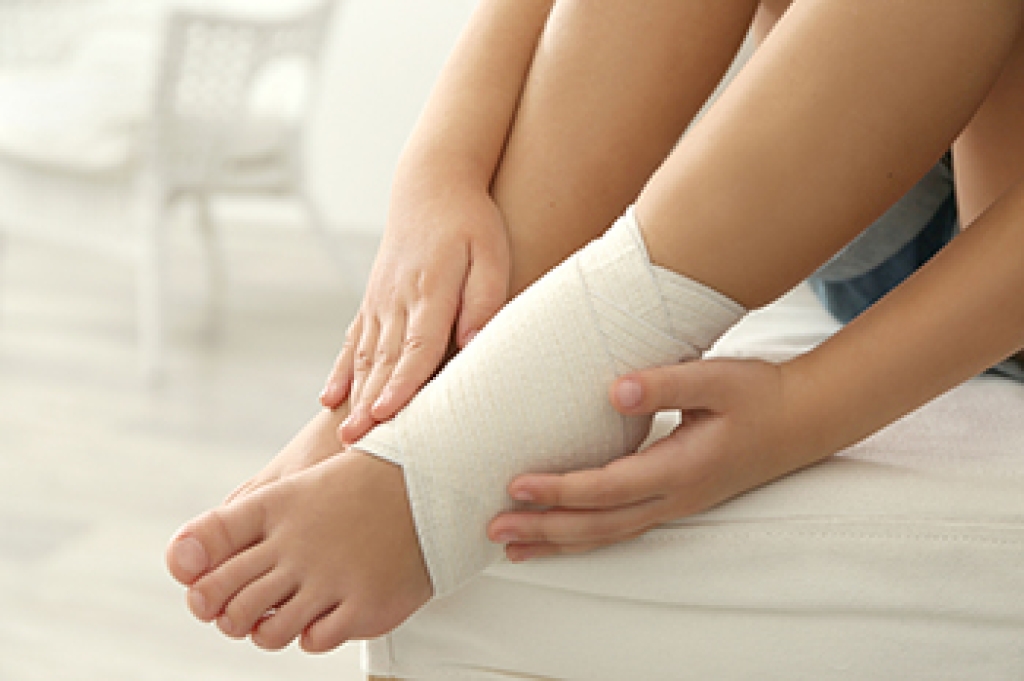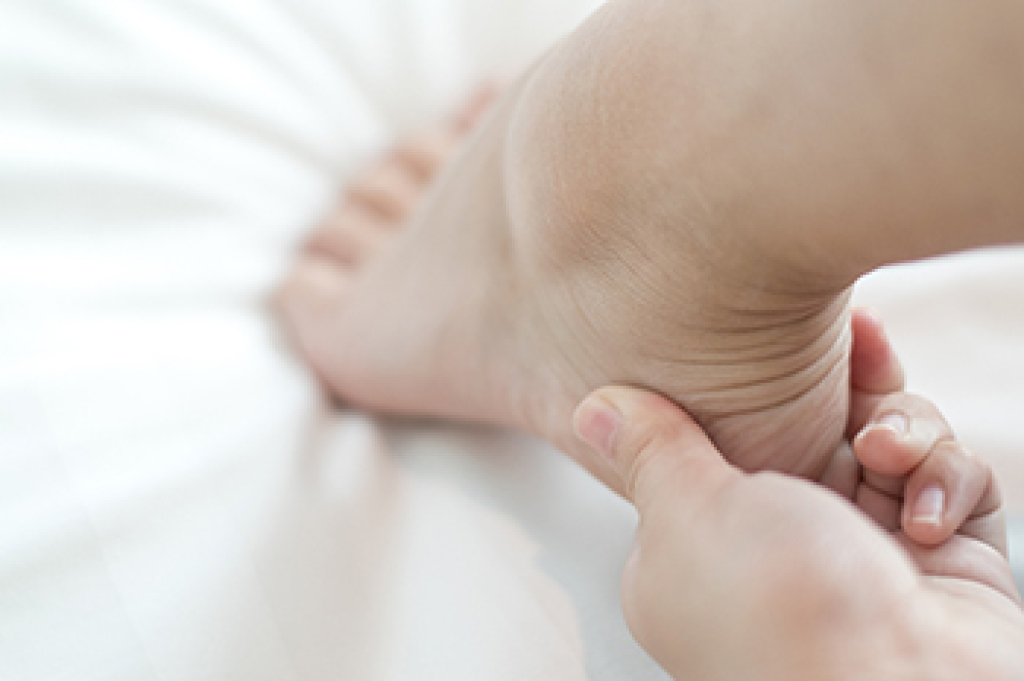
Ankle sprains occur when the ligaments that support the ankle joint stretch or tear. This injury is often caused by sudden twists, falls, uneven surfaces, or sports activities that put stress on the joint. The ankle may look swollen, bruised, or slightly deformed, and in severe cases it may appear unstable or misaligned. Many individuals feel sharp pain at the time of injury, followed by tenderness, stiffness, and difficulty bearing weight or walking normally. Up to 70 percent of ankle sprains affect the lateral ligaments on the outside of the ankle, and repeated sprains can lead to chronic instability if not treated properly. A podiatrist can start by evaluating the ankle, checking the range of motion, and using imaging if needed to rule out fractures. Treatment may include elevation, bracing, targeted exercises, and guidance on safe return to activity. Prompt professional care helps reduce recovery time and prevent long-term complications. If you experience persistent ankle pain or swelling after an injury, it is suggested that you make an appointment with a podiatrist.
Although ankle sprains are common, they aren’t always minor injuries. If you need your ankle injury looked at, contact Theresa Brown, DPM from Essie M.B. Smith Foot Clinic. Our doctor can provide the care you need to keep you pain-free and on your feet.
How Does an Ankle Sprain Occur?
Ankle sprains are the result of a tear in the ligaments within the ankle. These injuries may happen when you make a rapid shifting movement while your foot is planted. A less common way to sprain your ankle is when your ankle rolls inward while your foot turns outward.
What Are the Symptoms?
- Pain at the sight of the tear
- Bruising/Swelling
- Ankle area is tender to touch
- In severe cases, may hear/feel something tear
- Skin discoloration
Preventing a Sprain
- Wearing appropriate shoes for the occasion
- Stretching before exercises and sports
- Knowing your limits
Treatment of a Sprain
In many cases, the RICE method (Rest, Ice, Compression, and Elevate) is used to treat ankle sprains. However, you should see a podiatrist to see which treatment option would work best with your injury. In severe cases, surgery may be required.
It is important to ask your doctor about rehab options after you receive treatment for your injury. Stretching, strength training, and balance exercises may help the ankle heal while also preventing further injury.
If you have any questions, please feel free to contact our office located in Montgomery, AL . We offer the newest diagnostic and treatment technologies for all your foot care needs.







